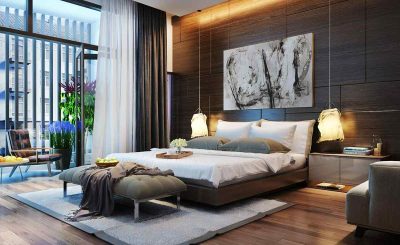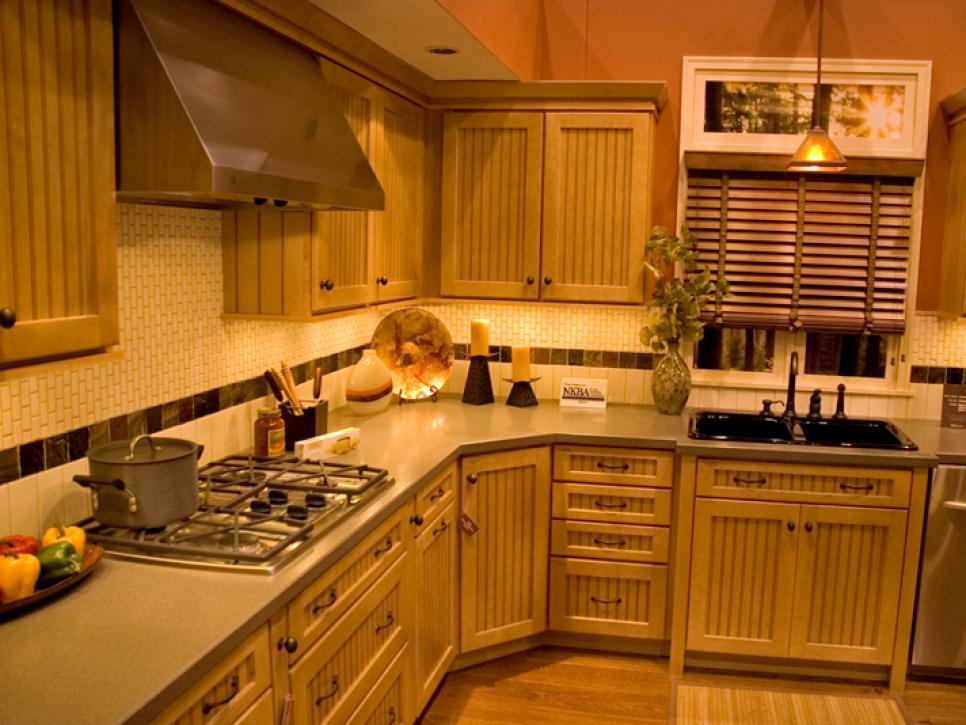Nowadays, having smart home technology has become part of the standard setup of any home. Far from being just another shiny device, its value to us is far deeper than mere aesthetic considerations: manifold advantages have been brought to contemporary homeowners, both in terms of convenience and efficiency.
But you shouldn’t be sacrificing your home’s aesthetic for the sake of smart home devices. Here are some tips on how to add smart tech while maintaining your design: Consider the user experience.
Personalization
In fact, many smart home devices can be set up to trigger tasks at times or triggers of your choosing, such as when your lights turn on or when your front door opens. Automating processes in this way makes your home more efficient since the things that usually need to be turned on at specific times must now be done automatically.
Some products can track your activity around the house or talk to visitors at the door – a feature that might come in handier for people living alone or who make safety and security a priority.
A lot of the participants felt that from the first day they move in, the smart home services involved the highest personalisation possible. It’s an area where READY is particularly good according to the user interviews and user research. Compatibility, PU and PEoU are important aspects when it comes to adopting the technologies in a smart home estate.
Sustainability
Advanced technology is a blessing to our lifestyle that enables us build a smart and green house by using many advacned ways, for example installing solar energy systems that generates power where it is produced directly from sun light , in addition to automation systems that are used to reduce the usage of resources ,so we can use different green technology to build a house that does not affect our life by any badly impact.
Through the use of apps, homeowners can monitor and control energy consumption for both savings and environmental reasons. Smart thermostats, lighting and appliances might be able to switch off when not in use, be programmed to operate at off-peak times or even to self-adjust automatically, for example, if the artificially intelligent occupancy algorithm learns that everyone in the house goes to sleep about the same time (or, if you prefer a less utopic example, takes into account your routine of getting up an hour earlier when the weather forecast says there’s a high-pressure system on its way).
Security technology in the form of facial recognition or biometric authentication can be used to avoid energy wastage by allowing only those with permission to come in, fine-tuning heating and cooling systems and alerting a home’s occupants when a stranger nears the house. Smart appliances (refrigerators, ovens built into cooking ranges and more) can be run more efficiently; instead of plastics, which don’t break down, ecological alternatives can be used.
Convenience
The home owner can minimize the household work with the help of smart home automation systems. As smart devices have learnt to work out the rules and manage operations accordingly, home automation now makes life very easy with the intelligent use of customised rules. Home automation becomes a complete system of smart devices that work automatically for perfect daily life operations.
The smartphone-controlled smart devices can be accessed remotely, a useful innovation when it comes to juggling busy schedules. With it, you can check in on your children, ageing family members or pets from a distance; confirm when a dog walker has arrived and gone; turn off water or electricity if you suspect something amiss; or monitor whatever else may be happening in the house through your smart meter – job done!
Amazon Echo, Google Home and Apple Siri voice-activated systems will allow you to progressivley take control of your home just by uttering your commands; switching on/off lights, setting the thermostat etc., calming down your children or playing music. This is a rather intuitive and easy to use system for both the technophile and technophobes among us.
Value
Respondents show that they can see benefits to smart technology for their homes: that it could build homes that adapt to personal needs and ways of living, as well as monitor them remotely from outside their homes.
These smart devices will allow homeowners more control of energy use and savings through learning how to control consumption more effectively and save on the costs. Smart devices may also alert homeowners on suspicious activity heard through motion capture or smar doorbell camera with audio/video communication.
With the help of smart technology, homes can unify hundreds of devices onto a single operating system so that they can be accessed and controlled through an app, making life easier for everyone, regardless of their technological expertise. Additionally, for the homeowner these systems assist with automating and simplifying various tasks or processes so that they can have more time and energy to pursue other interests in life, such as working or engaging in leisure activities.
















